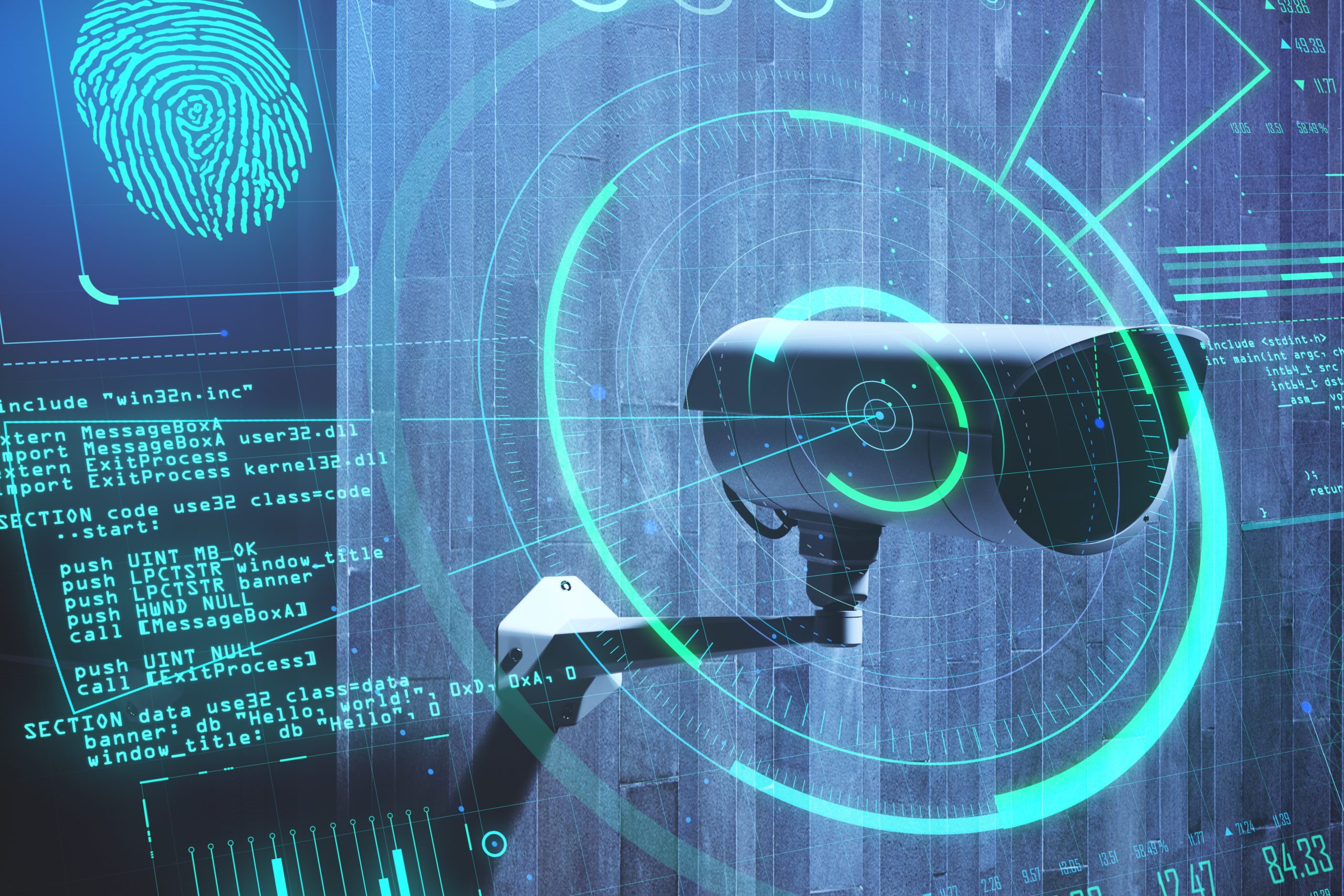Physical security must be a top priority.
When we think about data center security, the first thing that comes to mind is usually cybersecurity. And it is true that most organizations focus on software security and firewalls when designing their network infrastructure. However, one of the most critical components of a data center, often overlooked in on-premises sites, is physical security. This should be comprised of four-layers of protection including perimeter security, facility controls, computer room (NOC) controls, and finally, cabinet controls. These layers are effective in preventing unauthorized entry as well as mitigating threats from the inside.
Four Layers of Physical Security
Layer 1: Perimeter security is designed to deter, discourage, and delay unauthorized entry into the facility at the perimeter. Elements of this layer often include 24/7 video surveillance with a DVR that stores footage, motion-activated lighting, and video content analytics (VCA) which can track people and their movements, alerting data center personnel when there is any suspicious activity.
Layer 2: Facility controls further protect a data center by restricting access. Using a stringent access control system, facility entry is only permitted after proper credentials are provided or biometric criteria are met. More complex video surveillance and VCA systems are often included in this layer as well.
Layer 3: Computer room (NOC) controls often use access controls similar to the facility layer. These include card or biometric controlled entry into the NOC, more advanced monitoring, and intrusion detection systems.
Layer 4: Cabinet controls include cabinet, cage, or suite locking mechanisms that prevent “insider threats” such as a malicious employee. These controls are often electronic and integrated with other components of the security system like networked PTZ cameras and data logging of entries.
When combined, these layers provide effective protection against unauthorized access to your network’s physical assets. While protecting against data breaches often gets the most attention, a physical security breach could render your cybersecurity measures worthless. Effective physical security controls should be a high priority for any organization when designing a data center or choosing a colocation provider.
Environmental Monitoring and Controls
Besides the above-mentioned threats, your network infrastructure is also vulnerable to things like fire, smoke, moisture, humidity, and flooding. So your security solution needs to be integrated with environmental monitoring systems that can detect these threats and alert personnel accordingly. Fire protection systems should include smoke detection sensors and clean agent fire suppression systems or dry-pipe sprinkler systems. Sensors and monitors in place send alerts to the appropriate personnel if any measurements are detected outside of the expected range. For example, a temperature gauge, moisture detector, and humidity monitor should all integrate with the remote alert system to provide 24/7 monitoring for environmental conditions within the data center.
Compliance and Security Audits
All of these factors must be audited and tested regularly. Routine audits of access control rights and permissions are also important. Colocation providers, such as Reese Data Center, regularly complete SOC 1 Type 2 and SOC 2 Type 2 audits to give you peace of mind that your network infrastructure is housed in a facility that is compliant with rigorous security standards.
If this discussion has you second-guessing the physical security of your infrastructure or you dread the headache of having to design, implement and maintain these systems, then why not leave all of these things up to the experts? A colocation data center can provide all of these components for you at a fraction of the cost to do it yourself.
Call us today to learn how RDC can help you safeguard your network’s physical assets and eliminate the headache for you and your IT team.


